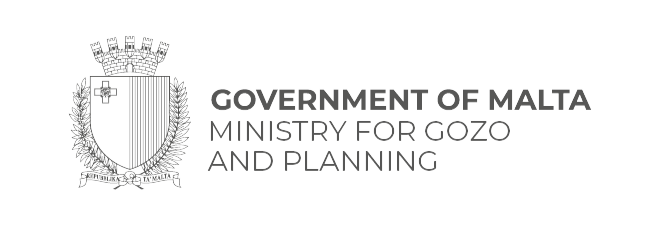Gozo is an island celebrated for its ornately decorated churches, religious celebrations and devoted people. Like many of us who have read and watched The Da Vinci Code, we know sacred art is loaded with subliminal meaning which can be decoded and interpreted. But did you know our church bell chimes convey important messages to our islanders too? So, in this week’s VisitGozo blog we aim to get you attuned to our knells, peals and tolls.
https://www.instagram.com/p/BLOueNSh-bb/
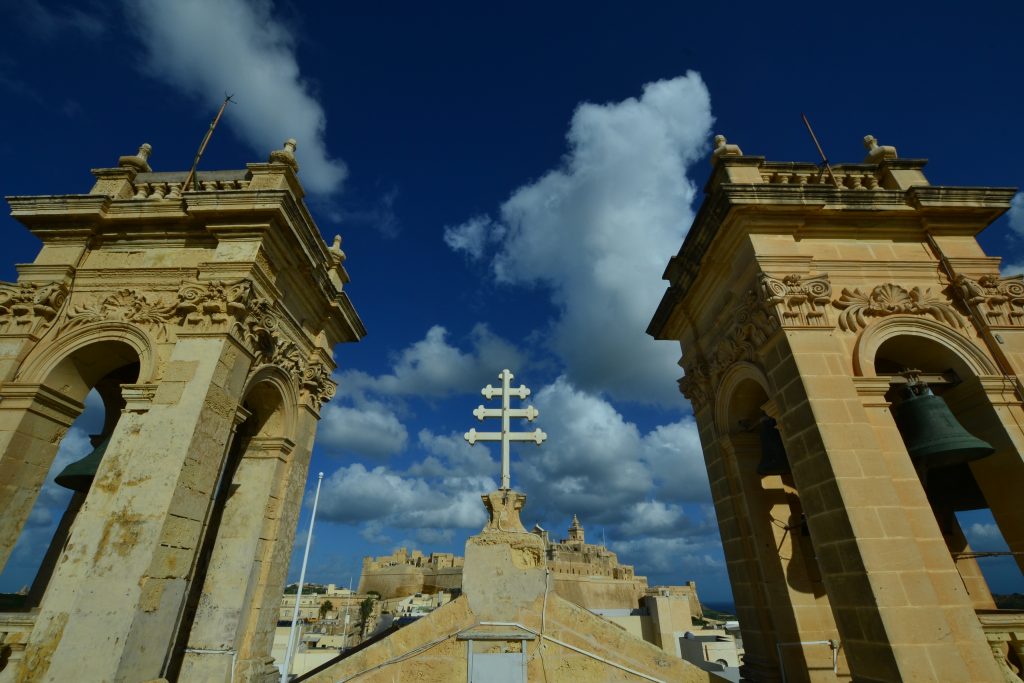
Nowadays, our lives are saturated by a constant stream of information relayed via our smart-tech devices keeping us connected with the outside world. To appreciate the significance of Gozo’s church bell rings we must look back to when island life was simpler, when many Gozitans worked the land to survive and existed without TV, radio or telephones.

The conventions and traditions of Gozo bell-ringing originate from our close connection with Sicily and Southern Italy. It’s no surprise then that many of the churches in Gozo have sets of bells from the Italian foundries Prospero Barigozzii and Bianchi.
The Bishop of Nola, St. Paulinus first introduced bells to churches way back in the 5th century, using them to alert monks to times of worship. But it wasn’t until the era of the Knights of the Order of St John that bell-founding was introduced to the Maltese islands. This trade was taught by Knights, but had a cloak of secrecy around it because the metal alloy formula used for constructing the bells was kept a guarded secret even from many of the foundry workers. Not surprisingly, the trade very soon died out and the formula died alongside the foundry owners.
Churches are logistically and spiritually the centre of community life, often dominating the parish square where tolls from their bell-towers can be heard in even the remotest corners of the village. Historically, bell-ringing was an effective system for communicating the time of day – as well as news of births, deaths, and important events. During these bygone days, clocks and watches were often considered for the wealthy and Gozo’s one public clock was situated inside the Cittadella. So, these bell chimes which ring on the hour and then at regular 15 minute intervals were used by villagers for time-keeping. This helps us understand why poor villagers pledged money to support the purchasing of church bells, as the bell rings actively punctuated and regulated their day to day lives.
For example, at 4am every morning Gozitans hear the 12 pealings of the Pater Noster, this announces a new day and was used as a signal to countryfolk to get up and start working the land; to devout churchgoers it signified the first mass in Latin was shortly to begin. In some churches, Pater Noster is characterised by 33 strikes representing the number of years Jesus Christ spent on earth. This same peal is repeated much later in the day at dusk and then 1 hour afterwards which signals the arrival of night, known as ‘Siegha Lejl’ (the night hour) or ‘Tal-lmwiet’ (the hour of the dead).
The ‘Angelus’ and the ‘Ave Maria’ are heard at midday.
Gozo’s church bells convey much more than time and announcing prayers; they tell parishioners when a local is gravely ill or has died. Locals became adept at quickly de-coding these differing peals and tolls.
When people are close to death, the church bells toll in duple time (2 beats to the bar) to mark Viaticum (the Eucharist or Communion given to a person who is dying or in danger of death). Then, as the priest walks the Blessed Sacrament from church to the dying persons’ home, it was customary for locals who’d heard the tolling to follow behind speaking the rosary.
The bell tolls announcing the death of a local differ according to whether the deceased is a child, male or female or a member of the clergy. Each will have their own unique toll. The death of an older parishioner is illustrated by a slow, doleful peal known as ta’ l-Agunija. Whereas the tal-Glorja is much faster and indicates a child’s death this is much quicker in pace and is said to herald the youngster into heaven as they become an angel. When a clergyman dies the salute is known as ‘Libra’.
Many churches in Gozo dominate the landscape from their imposing positions, so the bells were also a useful way to relay messages between parishes – acting like ecclesiastical smoke signals. During the Second World War church bells served as a warning to people, sounding out to inform them of forthcoming enemy air attacks.
Because of their height, church bells can attract lighting and so to reduce potential church damage a magnet is attached to the cross at the very pinnacle of each church’s dome and the rim of the church bells are lined with copper. So, if lightning does strike, the voltage gets absorbed by the lining and travels down to be discharged in a well.
When you do the math and tally up how Gozo has more than 40 churches, many of which have 2 or more bells, then you can begin to grasp the cultural and religious significance of these and the importance of their tolls and peals.
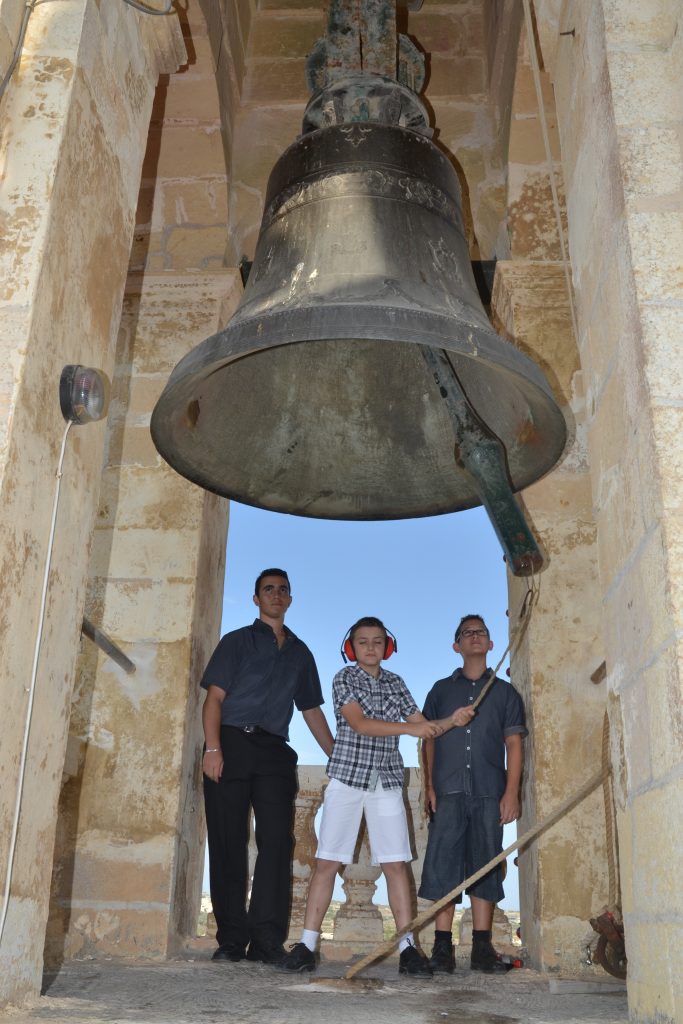
In fact, some church bells only sound during Feast days, when 4 peals (Erba’ Moti) are played an hour before the religious church celebrations begin. Traditionally, 15 minutes prior to the Mass celebration there is a count of 33 knells – heralding parishioners to prepare for mass.
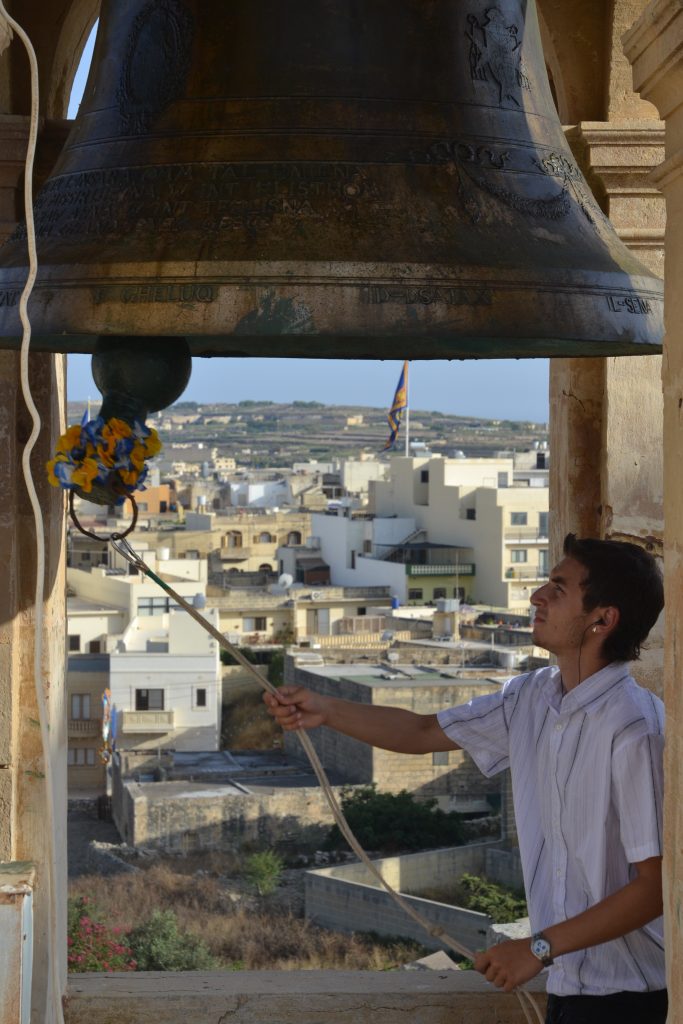
Sadly, nowadays bell-ringing is a technical skill which is diminishing and one which requires precision, musicality and patience as you are basically playing a very loud ‘musical instrument’ which can be heard for miles around. However dedicated parish vergers and volunteers are doing their utmost to keep this tradition alive to safeguard our Gozo chimes for the future.
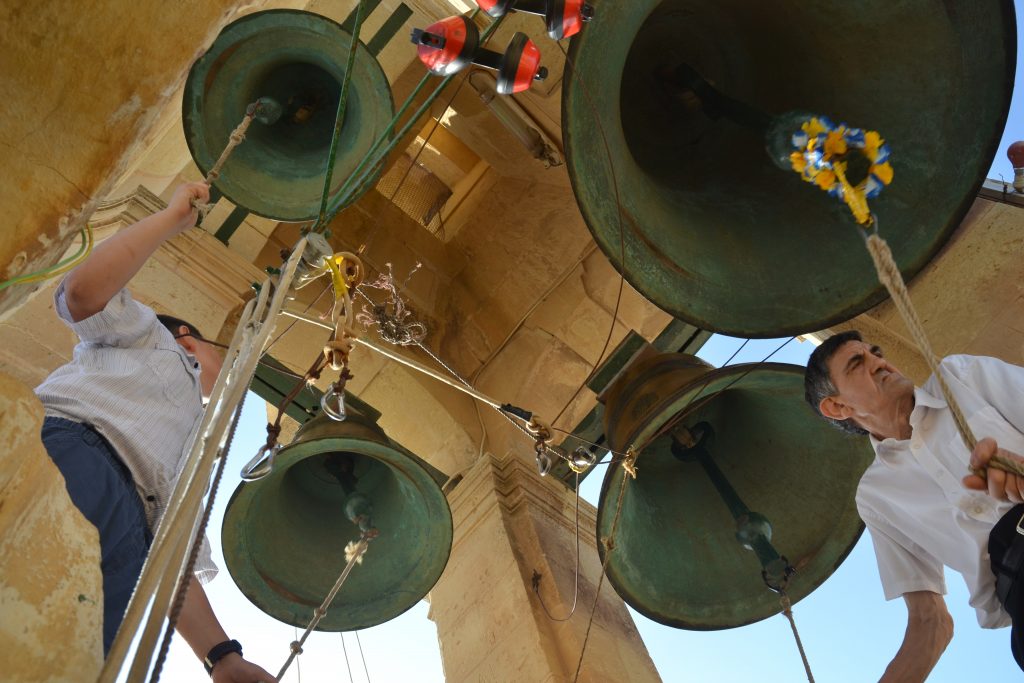
If you would like to experience the sounds of Gozo’s church bells, listen here:
READ NEXT: Passions and Pilgrimages – why you must experience Gozo during Easter








